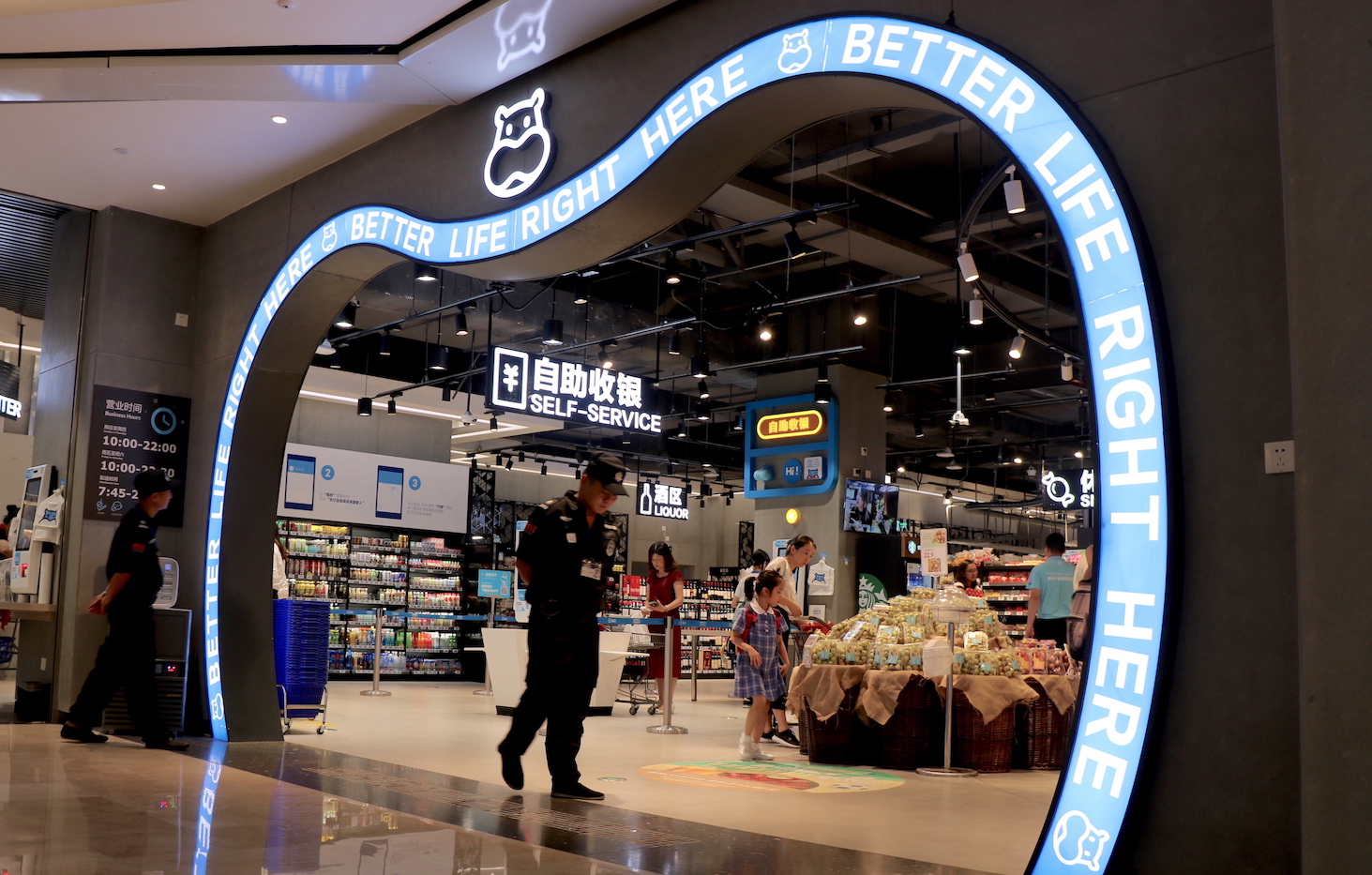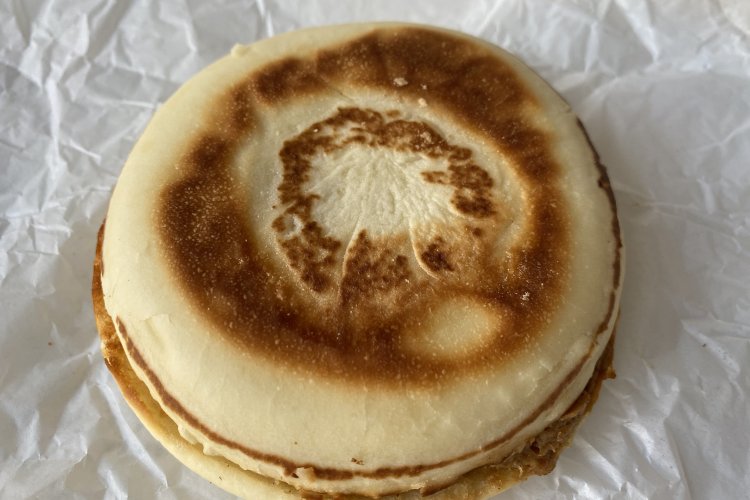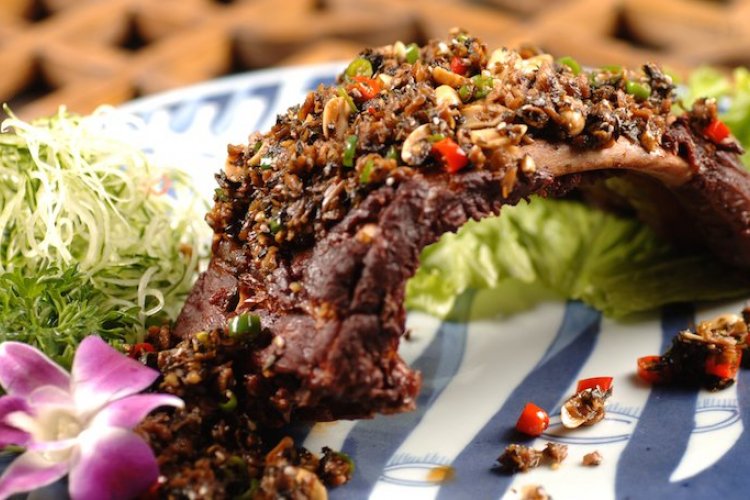Chinese Consumers to Favor Heading to the Stores Over Online Shopping This CNY
With the Chinese New Year holidays coming Feb 4-10, Chinese consumers are already preparing for the most important holiday of the year with increased consumer spending as they shop, eat and travel. Despite reports of a slowing economy, holiday spending appears to remain strong this year.
Before the feasting and travel of the New Year, people go out to shop for holiday supplies (nianhuo) – most importantly, food. During the holiday shopping period, food and beverage is the number one sales category by volume on JD.com, according to data from the JD Big Data Research Institute, a China-based data services company that leverages data from JD.com’s platforms. Food and beverage leapfrogged the normal leaders of skincare, cosmetics, apparel, and childcare products. Smartphones, encouraged by holiday discounts, and new clothes followed during this year’s Spring Festival sales.
Both online and offline retail space are filled with Spring Festival promotions. China’s State Post Bureau has, as usual, required logistics companies to maintain normal operations and most have announced arrangements for the holiday period to ensure smooth delivery of products while much of the country is shut down.
Though e-commerce gets most of the press, Chinese consumers still prefer brick and mortar outlets for their holiday shopping. According to Penguin Intelligence, a China-based internet analytics firm, in 2018 more than 80 percent (Chinese link) of people born in the 1980s and 1990s bought New Year products at physical shops, as did over 90 percent of those born in the 1970s. Even among shoppers born after 2000 – who normally prefer digital channels – 79 percent bought their New Year items at physical stores. Most of this spending takes place before the holiday begins, as stores close to allow staff to return home for the holiday.
Physical outlets offer a festive and traditional atmosphere: Shops are normally decorated heavily with colorful (mostly red) decorations, gifts, fruits, candies, and other festive foods to attract shoppers. Chinese consumers have memories of going to pick out sweets and try on new clothes before the holiday.
Alibaba has taken a chunk of the Spring Festival bonanza with its signature cross-channel new retail venture, fresh food supermarket Freshippo, formerly known as Hema. The smart retail outlet reported a 50 percent increase in sales orders during the 2018 Chinese New Year period compared to normal days. Smart retail, which links online services, portals, and mobile payments, has an advantage by making it easier to shop, eat and order home delivery through one channel.
Online-only sellers are also in on the act. E-commerce platforms such as Tmall, JD.com and Suning started Chinese New Year promotions by hosting a holiday goods shopping festival (nianhuojie). The most common online promotions are first-come-first-served coupons and theme days during which the company has special offers for different product categories. For instance, Tmall offered limited coupons of RMB 30 (USD 4.47) off for every RMB 300 purchase; JD.com’s “Computers and Digital Day” offered a discount of RMB 100 off for every RMB 1,000 purchase of computers or digital products.
While offline business dominates most Spring Festival activities, online is grabbing a bigger share in one area: The tradition of giving red packets of good-luck money (hongbao). Since Tencent launched a digital red packet function on WeChat, much of this giving has moved online. According to Tencent, around 768 million people sent red packets on WeChat during the 2018 Chinese New Year, about 55 percent of China’s total population. WeChat red packets are also used by employers and brands as an engagement tool, sent to workers and customers.
No sign of slowing
The New Year period is the time for family reunion and gatherings – almost always involving large meals. Chinese consumers go to restaurants and enjoy feasts with family and friends, resulting in a seasonal boom in the food and beverage sector. In 2018, Chinese consumers spent RMB 926 billion shopping and dining out during the week-long holiday period, an increase of 10.2 percent compared to the 2017 holiday season, according to Ministry of Commerce statistics.
Holiday tourism has also become increasingly popular in recent years, boosting retail sales at popular destinations. According to online travel agency Ctrip, around 6.5 million people made overseas trips during last year’s New Year holidays, up 8.3 percent year over year with an average spend of RMB 9,500. Domestic travel was even more popular, with around 386 million tourists and an average spend of RMB 1,200, according to China’s National Tourism Administration. The government’s figures also reveal an upward trend in the number of domestic travelers during the New Year period from 2015 to 2018.
This year, tradition seems to have won out over economic concerns. Year-end bonuses are down this year – according to a report from Zhaopin.com, a Chinese job application website, only 55 percent of white-collar workers received a year-end bonus in 2018, compared to 66 percent in 2017; the average bonus fell RMB 200 to RMB 7,100. We have not seen evidence that consumers have foregone holiday spending this year, although we may see reduced travel during the holiday period if consumers cut back on pampering themselves.
Intending to give some hongbao yourself this CNY? Here's everything you need to know.
Photo: Bailey Hu/TechNode








